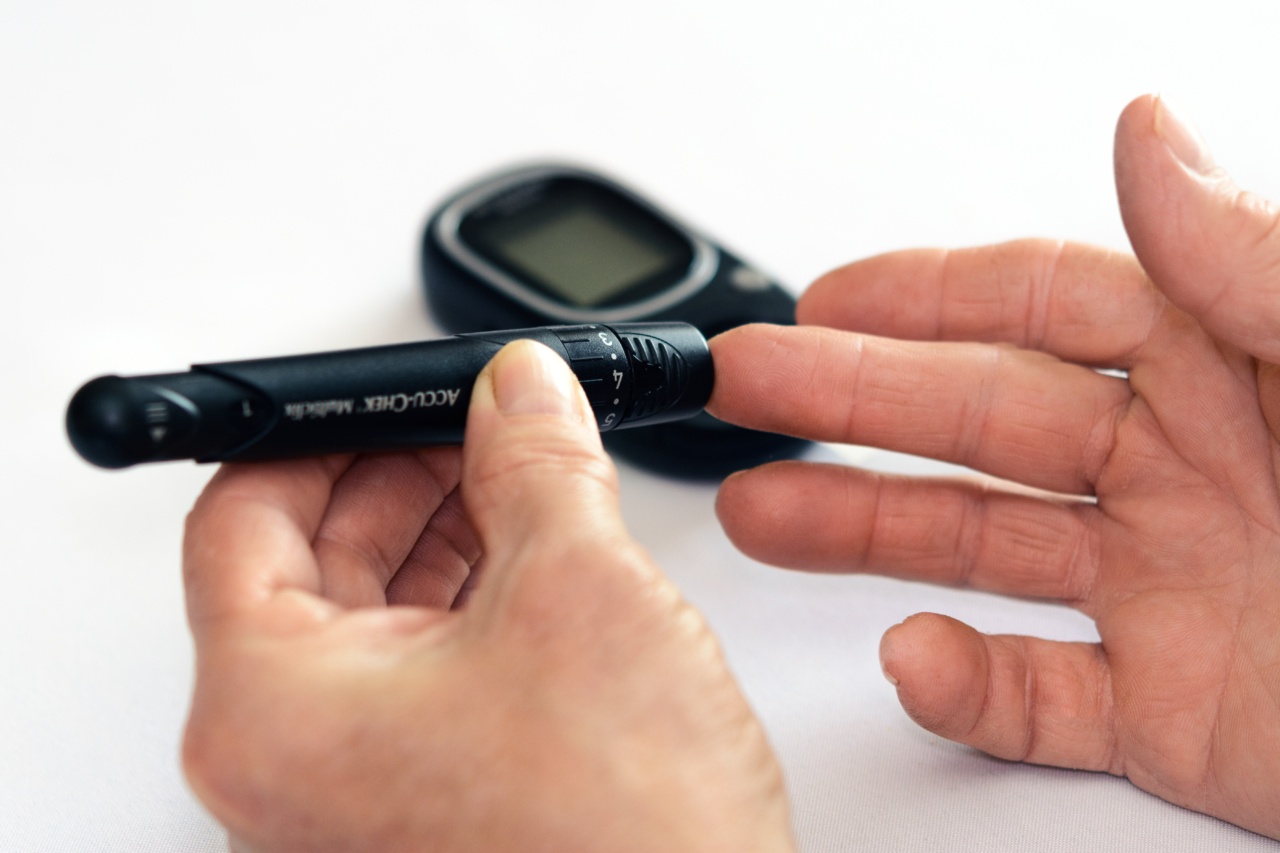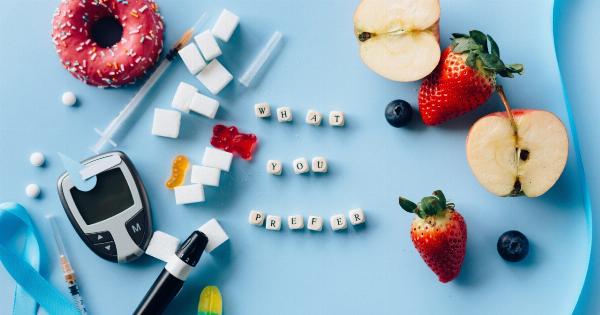Diabetes is a chronic condition characterized by high levels of glucose in the blood. It is a complex disease that requires careful management to prevent complications.
One crucial aspect of diabetes management is understanding the relationship between diabetes and sugar. In this article, we will explore normal limits and guidelines for individuals with diabetes when it comes to their sugar intake.
The Impact of Sugar on Blood Glucose Levels
Before discussing sugar limits and guidelines, it’s important to understand how sugar affects blood glucose levels in individuals with diabetes. When carbohydrates are consumed, they are broken down into glucose, which enters the bloodstream.
In individuals without diabetes, the hormone insulin helps regulate blood sugar levels by allowing glucose to enter cells for energy. However, in people with diabetes, either the body does not produce enough insulin (Type 1 diabetes) or does not use it effectively (Type 2 diabetes).
Excessive sugar intake can cause blood glucose levels to spike, leading to hyperglycemia.
This can be detrimental to individuals with diabetes as it can increase the risk of various complications, such as kidney damage, nerve damage, and cardiovascular problems. Therefore, it is crucial for people with diabetes to be mindful of their sugar consumption.
Sugar Guidelines for Diabetes Management
The American Diabetes Association (ADA) provides general guidelines for individuals with diabetes regarding their sugar intake. These guidelines aim to help individuals maintain stable blood glucose levels and reduce the risk of complications.
The specific recommendations may vary depending on factors such as age, weight, activity level, and overall health. Here are some general sugar guidelines for individuals with diabetes:.
1. Limit Added Sugars
Added sugars refer to sugars or sweeteners that are added to foods or beverages during processing or preparation. These sugars provide empty calories while offering little to no nutritional value.
It is recommended to limit added sugars in the diet to help control blood glucose levels and maintain a healthy weight.
2. Choose Natural Sugars from Whole Foods
Natural sugars, such as those found in fruits and dairy products, come bundled with other nutrients like fiber, vitamins, and minerals. These foods have a lower glycemic index, meaning they have a slower and more gradual impact on blood sugar levels.
Choosing natural sugars from whole foods is a healthier option for individuals with diabetes.
3. Read Food Labels
Reading food labels is essential for individuals with diabetes to identify hidden sources of sugar in packaged foods.
Ingredients like high fructose corn syrup, agave syrup, and maltose are types of added sugars that can significantly affect blood glucose levels. Being aware of these hidden sources and understanding portion sizes is vital for managing diabetes effectively.
4. Consume Carbohydrates Wisely
Carbohydrates, including sugars, have the most significant impact on blood sugar levels. It is important for individuals with diabetes to distribute their carbohydrate intake throughout the day to prevent sharp spikes or drops in blood glucose levels.
Consulting with a registered dietitian can help develop a personalized meal plan that suits individual needs and glucose control goals.
5. Monitor Blood Glucose Levels
Regularly monitoring blood glucose levels is crucial for individuals with diabetes to assess the impact of sugar intake on their metabolism.
This provides valuable information for adjusting medication doses, dietary choices, and overall diabetes management. Talk to your healthcare provider about the recommended frequency and target ranges for monitoring blood glucose levels.
6. Stay Active
Regular physical activity is beneficial for managing diabetes as it can improve insulin sensitivity and help control blood glucose levels.
Engaging in activities such as walking, cycling, swimming, or strength training can also aid in weight management, reduce blood pressure, and improve overall well-being. Aim for at least 150 minutes of moderate-intensity exercise per week.
7. Seek Professional Guidance
Managing diabetes successfully requires a comprehensive approach. Seeking guidance from healthcare professionals, including endocrinologists, dietitians, and diabetes educators, can provide valuable insights and support.
They can assess individual needs, provide personalized guidance, and monitor progress to ensure effective diabetes management.
Conclusion
Sugar intake plays a significant role in diabetes management.
Understanding the impact of sugar on blood glucose levels and following the recommended sugar limits and guidelines are crucial for individuals with diabetes to prevent complications and maintain stable blood sugar levels. By adopting a mindful approach to sugar consumption, staying active, and seeking professional guidance, individuals with diabetes can lead healthier lives while effectively managing their condition.






























